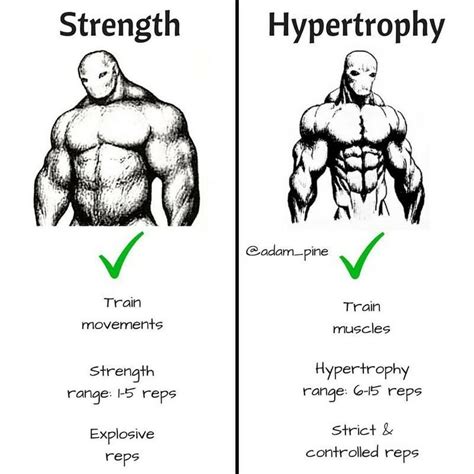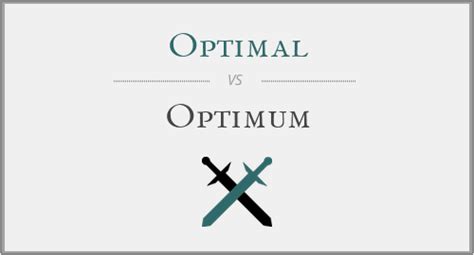What’s the optimal training frequency for men seeking peak muscle & strength gains?

Unlocking Peak Muscle and Strength: The Frequency Factor
For men dedicated to building their physique and maximizing strength, the question of optimal training frequency is a cornerstone of any effective program. Is it enough to hit each muscle group once a week, or do greater gains lie in more frequent stimulation? The answer, as often is the case in fitness, is nuanced, blending scientific principles with individual factors. This article delves into the evidence to help you sculpt the ideal training schedule for peak performance.

The Science Behind Muscle Growth: Why Frequency Matters
Muscle hypertrophy and strength adaptation are driven by progressive overload and the repeated activation of muscle protein synthesis (MPS). After a challenging workout, MPS is elevated for approximately 24-48 hours. If you train a muscle group only once a week, you might be missing out on valuable growth opportunities because MPS returns to baseline before the next stimulus. Higher frequency training, therefore, can keep MPS elevated more consistently throughout the week, potentially leading to greater overall growth.
However, frequency isn’t the sole determinant. Total weekly volume (sets x reps x weight) and intensity also play critical roles. It’s about finding the sweet spot where you provide enough stimulus without impeding recovery or leading to overtraining.
Shifting Paradigms: From Bro Splits to Full Body
For decades, the “bro split” — training each muscle group intensely once a week (e.g., Chest Day, Back Day, Leg Day) — was the standard. While many have made significant gains with this approach, modern research and practical application suggest that training muscle groups more frequently can be superior for most individuals, especially natural lifters.
Studies indicate that training a muscle group 2-3 times per week generally leads to better hypertrophy and strength outcomes compared to once a week, given that total weekly volume is equated or even slightly higher. This allows for more opportunities to practice movements, improve technique, and accumulate effective volume over time.

Key Factors Influencing Your Optimal Frequency
While 2-3 times per week serves as a strong general guideline, several individual factors can influence your optimal training frequency:
- Training Experience: Novice lifters can often make excellent progress with 2-3 full-body workouts per week, as their recovery capacity is typically higher relative to the stimulus. Advanced lifters, who require greater stimulus to grow, might benefit from more sophisticated splits that allow for higher frequency of specific muscle groups or movements, perhaps even 4-6 times a week for certain lifts (e.g., powerlifters squatting multiple times).
- Total Weekly Volume: If you train a muscle group more frequently, you typically need to distribute the weekly volume more evenly across those sessions. Trying to do the same high volume in three sessions as you would in one would quickly lead to overtraining.
- Intensity and Exercise Selection: Heavy compound lifts (squats, deadlifts, bench press) are more taxing on the central nervous system and require longer recovery. Isolation exercises or lighter loads might be tolerated with higher frequency.
- Recovery Capacity: Sleep quality, nutrition, stress levels, and age significantly impact your body’s ability to recover. Those with excellent recovery habits can often handle higher frequencies and volumes.
- Goals: Pure strength athletes often train specific lifts (e.g., squat, bench, deadlift) 2-4 times a week, focusing on skill acquisition and strength adaptation. Bodybuilders might prioritize hitting muscle groups 2-3 times for hypertrophy.

General Recommendations and Practical Splits
For most men seeking a balance of muscle and strength gains, aiming to train each major muscle group 2-3 times per week is an excellent starting point. Here are some popular and effective training splits:
- 3-Day Full Body: (e.g., Monday, Wednesday, Friday)
Each session includes exercises for chest, back, legs, shoulders, and arms. Ideal for beginners and those with limited gym time, offering high frequency and good recovery between sessions.
- 4-Day Upper/Lower Split: (e.g., Monday: Upper, Tuesday: Lower, Thursday: Upper, Friday: Lower)
Each muscle group is hit twice a week. Allows for more volume per session than full body without being overly taxing, providing a good balance for intermediate lifters.
- 5-Day Push/Pull/Legs (PPL) Split: (e.g., Push, Pull, Legs, Rest, Push, Pull, Legs, Rest…)
Typically run over 6 days a week (each muscle group twice), or 3 days with a rest day after each cycle if a slightly lower frequency is desired. Excellent for accumulating high volume per muscle group while still hitting each group twice every 5-7 days depending on rotation. Good for intermediate to advanced lifters.
Ultimately, the “optimal” frequency is the one you can consistently adhere to, that allows for progressive overload, and that provides adequate recovery. It’s crucial to listen to your body and adjust as needed. Signs of overtraining, such as persistent fatigue, decreased performance, or joint pain, are indicators that you might need to reduce frequency, volume, or increase recovery efforts.

Conclusion: Consistency and Adaptation are Key
For men striving for peak muscle and strength gains, training each major muscle group 2-3 times per week generally offers the most effective balance of stimulus and recovery. Moving beyond the traditional once-a-week approach can significantly accelerate progress by maximizing muscle protein synthesis and providing more opportunities for skill acquisition on compound lifts.
Experiment with different splits, pay attention to your body’s signals, prioritize nutrition and sleep, and consistently challenge yourself with progressive overload. By intelligently manipulating your training frequency, you’ll be well on your way to unlocking your full potential in the gym.










